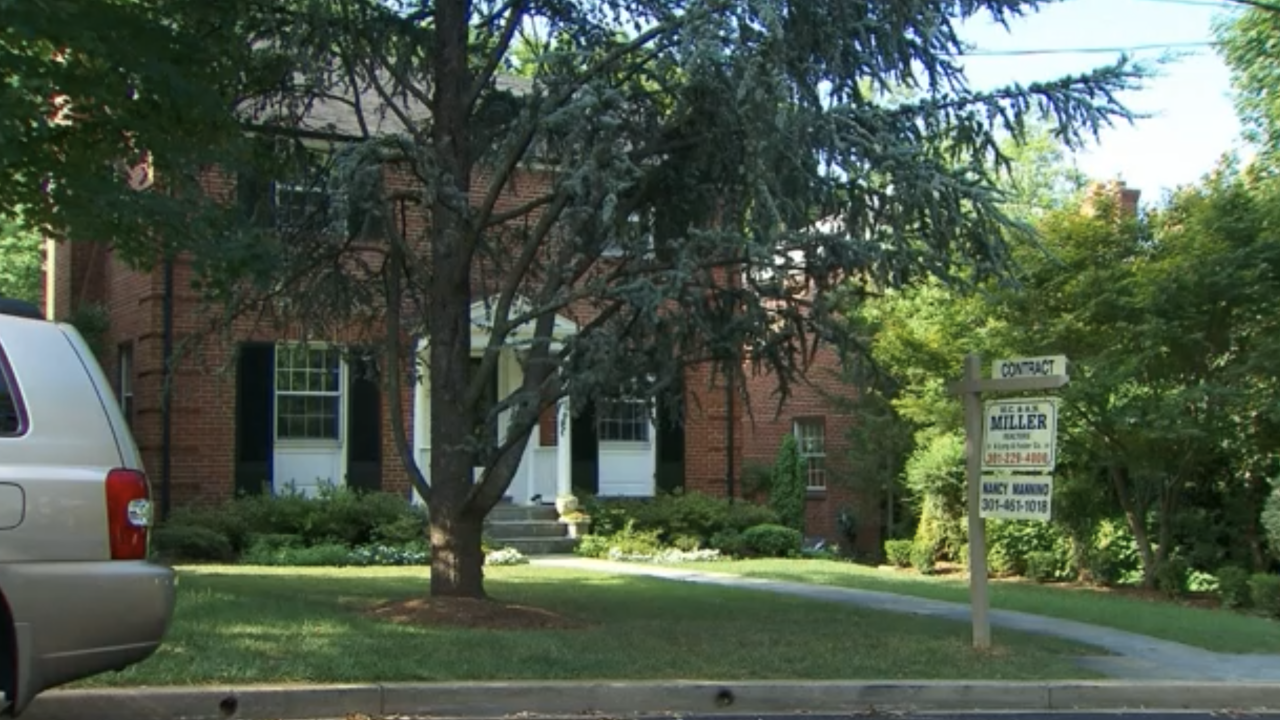The Federal Reserve has raised rates again for the third time in a series of "supersize" rate hikes that Fed Chair Jerome Powell says is expected to continue to try and reduce inflation aggressively.
The Fed is waging a historic campaign to try and push borrowing costs high enough to lower a 40-year high for inflation in the U.S. economy.
Credit Card costs
Credit card debt will become more expensive as the Federal Reserve raises rates. Interest rates for consumerdebt "tend to move in lockstep with the fed funds rate," Forbes reported.
The Fed's key policy interest rate impacts the amount commercial banks charge each other for short-term loans. The higher the Fed's rate, the costlier it is to borrow money, even between financial institutions.
RELATED: Rising interest rates forcing families into 'credit card trap'
Real Estate
After the Federal Reserve raised interest rates again on Wednesday, sales of existing homes are expected to drop.
The number of homes sold in the U.S. fell by about 20% in August 2022 compared to the same time in the previous year, the National Association of Realtors (NAR) said in a recent report.
NAR said that based on the seasonally adjusted yearly rate of 4.80 million homes sold, it was down from 5.99 million a year ago.
Shorter-term home loans with floating rates, like adjustable-rate mortgages (ARMs), and home-equity loans (HELOCs), are tied directly to the Federal Reserve's funds rate, so the rates on these loans will follow hikes in the Fed's policy rate hikes, Forbes reported.
Savings account rates go up, which is a good thing for savers
The higher the Fed's policy rate goes, it will have an increased impact on returns for savings accounts.
While there is no direct connection between federal funds and deposit rates, according to Forbes, banks have been observed slowly raising annual percentage yields (APYs) on deposit accounts.
Those deposit accounts include savings accounts. Financial institutions do this to attract more deposits so that they have more cash on hand.
Certificates of deposit account rates go up as well.
Greg McBride, CFA and Bankrate's chief financial analyst, said, “Rising rates are good for savers – if you’re looking in the right place."
He said, “The top-yielding, nationally available savings accounts and certificates of deposit have moved up notably since the beginning of the year and now sit at the highest levels since 2009.”
“Of course, earning 2.5 percent or 3 percent isn’t all that exciting when inflation is running north of 8 percent, so continued rate hikes should bode well for savers – pushing yields higher and eventually bringing inflation down,” McBride said.
Stock and Cryptocurrency investors will see changes
Experts say that investors should see heightened stock market volatility and sudden drops as the Federal Reserve has indicated that it will continue to raise rates until inflation is under control.
People watching financial news will have noticed that the S&P 500 has spent 2022 in a slump amid rate hikes as investors wait for rates to pause or go back down.
Cryptocurrencies have felt the heat since late 2021 as the Federal Reserve announced its plan to reduce liquidity in the U.S. financial system, Bankrate reported.
Digital currencies like Bitcoin, Ethereum, and others had reflected a solid and steady downtrend for months before crashing.
Changes will be seen in the U.S. federal government
The U.S. national debt is nearing $31 trillion. The government will face historic challenges as it borrows new money. With that said, as Bankrate reported, interest rates on debt are still seen historically as at attractive levels, depending on your perspective.
10-year and 30-year Treasury yields are running well below inflation, economists note. While inflation remains higher than interest rates, the government can take advantage of the situation.
Economists have noted that the higher the government's budget deficit is, the more people tend to save in anticipation of higher future taxes.




